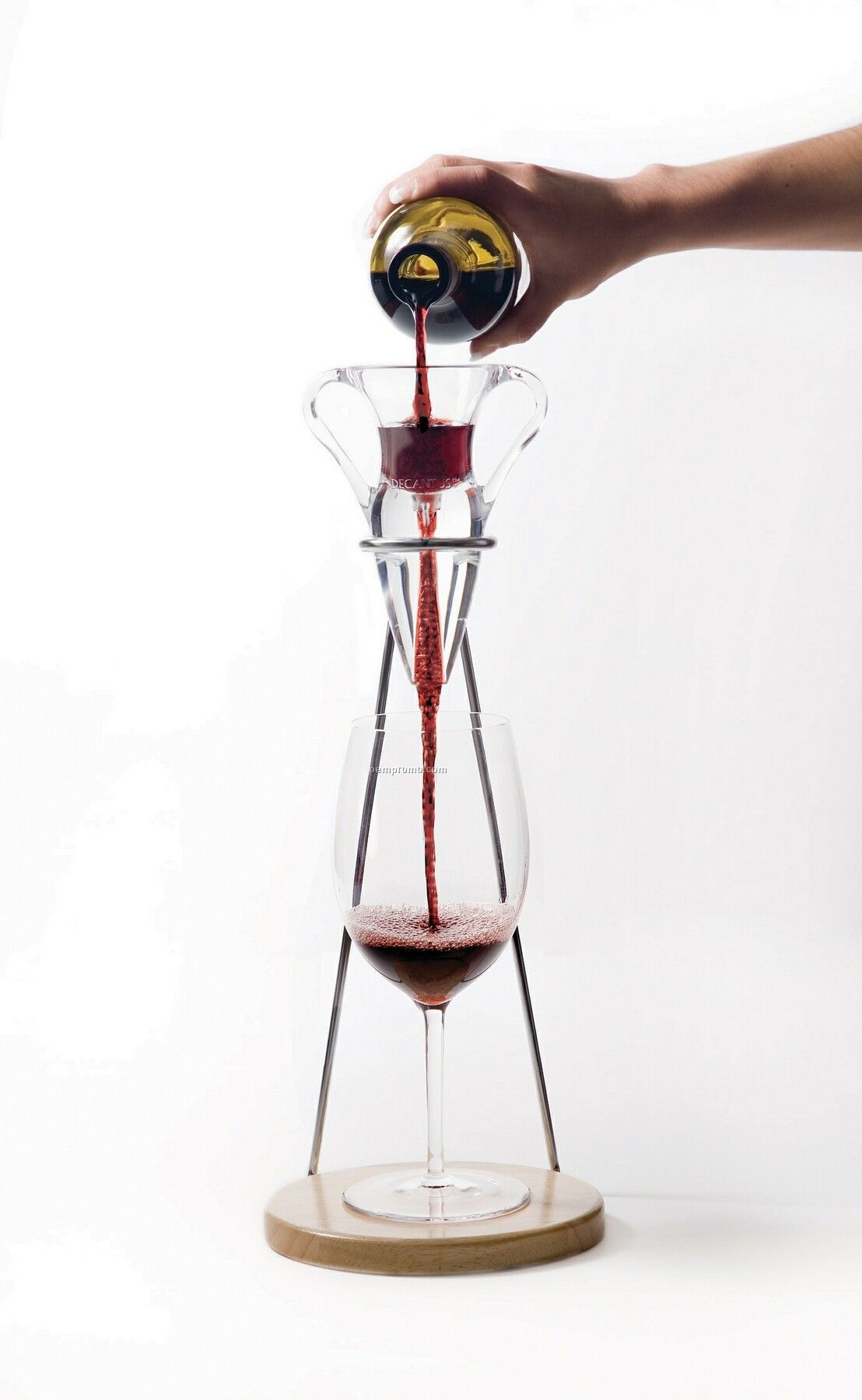

This is the particular reason why you may need to purchase a wine aerator to shorten the period of letting-wine-breathe time and accelerate aeration process. Oxidation is responsible for softening astringent taste, breaking down cells of primary notes and allowing you to relish fully mouthfeel secondary flavours, and evaporation flatters all the savory smells. Therefore, wine aeration is the combination of both chemical reactions. However, undesirable compounds tend to evaporate more quickly than the scrumptious, aromatic ones. Wine is made of tremendous chemical compounds, those include both desirable and undesirable notes. While evaporation, another requisite chemical reaction, happens to turn liquid into vapor. Likewise, oxidation takes place when fruit turns from fresh, young to ripe as the same way when bananas have those brown dots on their yellow skin. That is when all the wrinkles start to invade all over your body. Oxidation in terms of humans means aging. For amateurs, this term means after opening a bottle of wine, there will be two chemical processes occurring: oxidation and evaporation. This tool will help you to enjoy your wine and release its aroma faster instead of waiting for the wine to breathe.Īs mentioned, there is such a thing called let your wine breathe or use decanters.

A wine aerator is a device that allows more air to be exposed than a customary process after uncapping a wine bottle. If you are dipping your toe in this wine tasting thing, here is a brief definition of a wine aerator that helps you to picture its function. More than just swirling that alcoholic liquid in your mouth, this is the way to appreciate them. And different from humans, wines don’t breathe the same way we do. Is it necessary to let your wine breathe for a while ? Not really however, every wine aficionado definitely knows that to relish precisest notes, after being uncorked, they would let their wine breathe. Unlike that, red wines usually rest in 15 to 20 minutes before you plan to drink them. If you are familiar with tannins in wine, you would certainly know that it takes more than an hour for aeration to happen. However, not every wine will taste the same with the same time of breathing. Aerating wine will help to soften the bitterness in wine and enhance its aroma. Tasting notes of a wine bottle is seldomly frustrating since you cannot sense the exact characteristics you want. General information What is a Wine Aerator ? Group #5: Wines that resist convention and DO NOT necessitate aerating:.Group #3: White wines should be chosen.Group #2: Apparent sediment old red wines.A perfect gift for family, friends, co-workers.Accelerating the period of breathing time for wines.Why do you need to use a Wine Aerator ?.Batteries: Electric aerators are effective and make for excellent conversation starters at parties, but they require batteries or charging to work, so keep that in mind.Frills: Do you want a straightforward aerator, or would you like a decanter and wine stopper as well? We have several singular and multitasking options.The pourers are the easiest to use and produce the fastest results, while the other options are more attractive and fun to use. Type of aerator: It might surprise you to learn that there are a few different methods for aerating your wine - from a simple pourer to a decanter, to a filter, to an electric aerator.Ensure you’re as pleased with the aerating tool as the improved glass of wine by keeping these few things in mind before making your purchase. Read on for happier hours ahead! What to ConsiderĪerating wine makes drinking it a more enjoyable experience. There are a number of ways to aerate your wine we’ve included several options in our list, all of which will improve the flavor of your wine quickly. Typically, aeration is most beneficial for red wines, but whites and rosés can benefit too. This vital step also improves and clarifies the flavors of less expensive bottles. But to truly elevate your wine-drinking experience, you’re going to want to add a wine aerator to your roster of wine tools.Īerating wine exposes it to air, allowing volatile compounds like sulfites to evaporate and smoothing out the harsher tannins of younger vintages. Once you bring your carefully selected bottles of wine home, you ensure they’re stored at ideal temperatures before popping them open and pouring them into your different wine glasses for every grape variety. Wine lovers spend a lot of time and money purchasing bottles to savor. But what if you could love them even more? You may love your favorite go-to bottles of wine already.


 0 kommentar(er)
0 kommentar(er)
